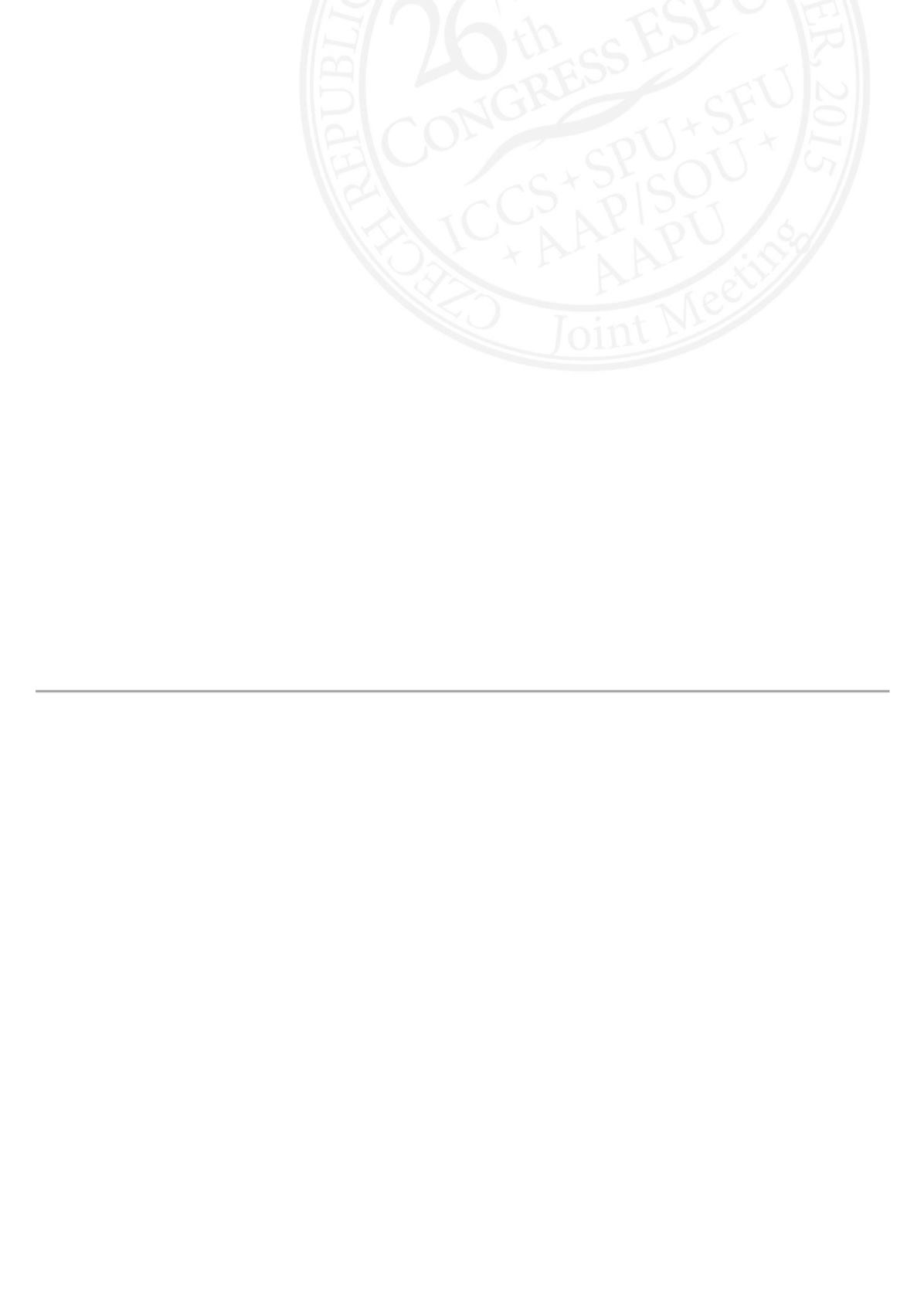

S15-9
(P)
CLINICAL COMPARISON OF DRESSING CHLORHEXIDINE PARAFFIN GAUZE WITH
CONVENTIONAL ANTIBACTERIAL DRESSING MATERIAL IN PEDIATRIC
CIRCUMCISION YOUNGER THAN 2 YEARS OLD
özkan CESUR
KARABUK UNIVERSITY MEDICINE FACULTY, PEDIATRIC SURGERY, Karabuk, TURKEY
PURPOSE
Circumcision is the surgical removal of the foreskin that covers the tip of the penis. After circumcisiona standard penile
dressing technique is placed a sterile dry gauze.The aim of this study was to compare the results of dressing
chlorhexidine paraffin gauze and antibacterial dressing material.
MATERIAL AND METHODS
Patients who underwent circumcision in our clinic between January 2014 and January 2015 were included in this
study Group 1 (n = 32) were conventional Nitrofurazone dressing cases and group2 (n = 31) patients were
chlorhexidine paraffin gauze ones. The method of treatment was chosen randomly. The dressing was changed at the
3thday. The patients follow-up visit within 7 days of surgery were compared for epithelialization of the wound, the
presence of infection. Statistical significance was evaluated with the Mann-Whitney-U test.
RESULTS
During the study period circumcision was performed on 63 patients with a mean age of 2.2 ±1.2 years. Preoperative
urinary tract infection was identified in 29 patients (60%). Wound infection was the most frequent complication in
patients undergoing to surgical circumcision (group 1;n = 12, 37.5%%), (group 2; n=8, 25.8%); bleeding (n = 3,
0.4%). There was no statistically significant difference between the two groups in terms of dressing.
CONCLUSIONS
We think that different dressings no benefit of circumcision in wound healing. Sterile antimicrobial materials
dressing appears to be sufficient to cover circumcision wound.












